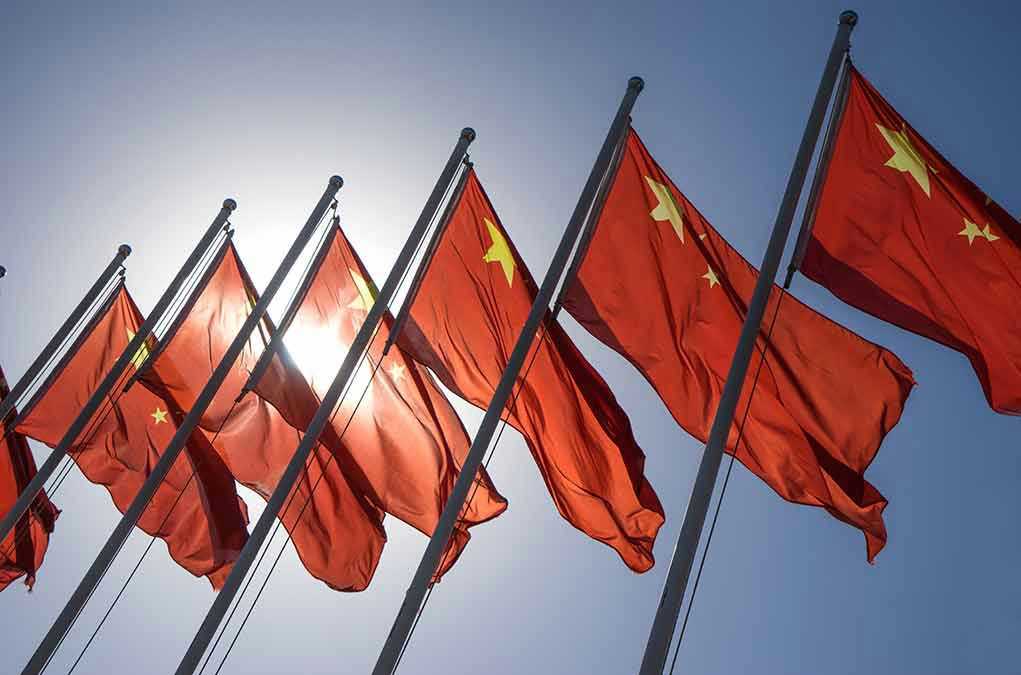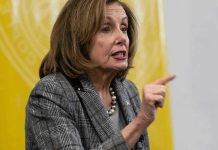
Tariffs on Chinese goods stay at 30%—not 145%—after a last‑minute 90‑day extension that preserves leverage without spiking prices.
Story Highlights
- White House extends the U.S.–China tariff truce 90 days, moving the deadline to November 9, 2025.
- U.S. rates remain at 30% instead of a snapback to 145%, while China’s planned 125% hike stays suspended.
- Executive authorities under EO 14257 keep pressure on Beijing while avoiding immediate price shocks.
- Rare earths flows reportedly resumed under the pause, easing defense and tech supply risks.
What Changed: A Deadline Pushed, Leverage Preserved
President Trump signed a same‑day executive order extending the U.S.–China tariff pause by 90 days, a move reported hours before triple‑digit snapbacks would have hit and now pushing the deadline to November 9, 2025. The extension averts an immediate jump to 145% U.S. tariffs and holds China’s planned 125% retaliatory rates in suspension while talks continue. The decision maintains pressure without triggering sudden cost shocks that would hit manufacturers, retailers, and consumers.
Axios’ synthesis underscores two concrete effects of the truce: U.S. tariffs reduced to 30% instead of 145%, and a resumption of rare earths flows critical to advanced manufacturing and defense supply chains. Euronews corroborates the last‑minute timing and the administration’s public messaging, including Beijing’s call for “positive outcomes.” Together, those reports point to deliberate brinkmanship aimed at extracting concessions while limiting near‑term inflation and safeguarding strategic inputs that U.S. industry cannot quickly replace.
The Legal Backbone: EO 14257 and Emergency Tariff Powers
The tariff architecture rests on Executive Order 14257, which frames persistent U.S. goods trade deficits as a national emergency and authorizes additional reciprocal tariffs under the International Emergency Economic Powers Act and the National Emergencies Act. A July 31 White House action further modified reciprocal tariff rates, signaling a live framework that can tighten or relax as negotiations evolve. This legal footing preserves unilateral flexibility—an advantage when counterparties test limits or delay structural reforms.
The White House’s approach ties tariff leverage to reciprocity and national security, explicitly linking trade measures to supply‑chain resilience and defense industrial needs. That emphasis complements the practical benefit of keeping rates at 30% during the pause, protecting Americans from immediate sticker shock while maintaining credible snapback threats. Businesses gain breathing room on pricing and inventory, yet still face a clear November decision point that sustains pressure for concessions without telegraphing retreat.
Economic Stakes: Rare Earths, Manufacturing, and Inflation Risk
Manufacturers in autos, electronics, and renewables depend on Chinese intermediate goods and rare earths. Reports that the truce restarted rare earths flows matter for U.S. technology and defense sectors, where alternative sources are limited and ramp‑up times are long. Avoiding a jump from 30% to 145% tariffs prevents immediate margin compression and consumer pass‑throughs. Markets get short‑term relief, but companies still hedge with supplier diversification and inventory strategies ahead of the new November deadline.
Short‑term stability should not be mistaken for resolution. Repeated brinkmanship can dampen capital spending and reprice China risk, but it also conditions Beijing to take deadlines seriously. If core disputes remain unresolved, a snapback or targeted export controls could reemerge, disrupting logistics and raising input costs. For a conservative audience focused on secure supply chains and strong national leverage, the calibrated extension threads the needle between deterrence and domestic stability.
Politics and Policy: Strength Without Surrender
Earlier deadline‑day remarks—“we’ll see what happens”—kept negotiators guessing before the extension landed, preserving ambiguity as a tactical tool. The administration balances two imperatives: hold the line on reciprocity and national security, and avoid self‑inflicted inflation via sudden tariff spikes. The result: a time‑boxed extension that protects families and small businesses from immediate cost shocks while signaling that Washington retains the authority, and the will, to escalate if talks stall.
Trump extends China tariff deadline for 90 days just hours before truce was set to expire: official https://t.co/eskW14z7GS pic.twitter.com/kkOwpC9HnB
— New York Post (@nypost) August 11, 2025
What to watch next: publication of the new executive order text and any Federal Register notice clarifying scope and conditionality; official readouts from the next negotiation round; and PRC moves on export licenses for critical minerals. Corporate guidance in Q3–Q4 will reveal whether firms expect an accord or are pricing in a snapback. If structural remedies lag, expect the White House to lean on EO authorities again—keeping leverage high without ceding America’s economic security.
Sources:
US President Donald Trump extends pause on China tariffs for another 90 days
The U.S.-China tariff truce is extended another 90 days, averting triple-digit tariff snapbacks











